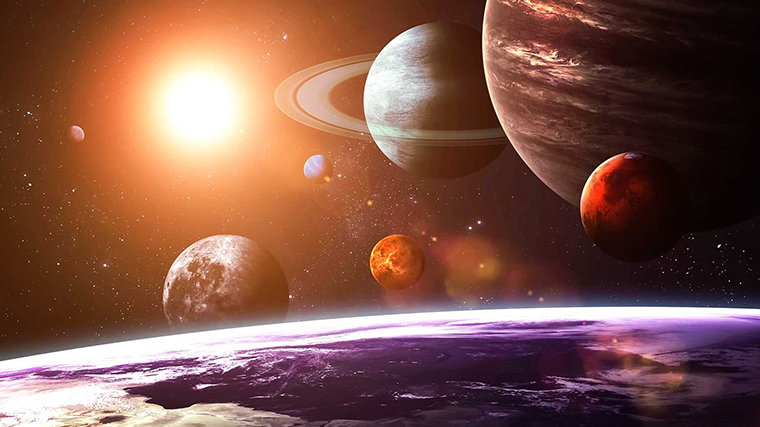Despite its small size and distance from the Sun, Pluto has captured our imaginations and challenged our understanding of the Solar System.
What is the current scientific understanding of Pluto?
Pluto is a dwarf planet that consists of rock and ice. It is located in the Kuiper Belt of the Solar System, orbiting Neptune, and is about 1/6 the size of Earth. The mass of Pluto is estimated to be 0.2% of the mass of the Earth and 17.5% of the mass of the Earth’s Moon, and its diameter is 2,380 km.
It is a dwarf planet located in the outer solar system, measuring 1,473 miles, making it smaller than the planets. Pluto has five moons and ice caps of methane and nitrogen. It was discovered in 1930 by Clyde Tombaugh of the Lowell Observatory and was considered the 9th planet until September 2006. It is currently classified as a dwarf planet and a plutoid, and some astronomers believe there may be over 70 other objects that are also plutoids. Thanks to NASA’s New Horizons spacecraft, Pluto is no longer a distant and mysterious point of light but an exciting new world. Data obtained recently has revealed more about Pluto than what was known in the previous 85 years since its discovery.
Credit: NASA/JHUAPL/SwRI
Where does Pluto fit in the solar system?
Pluto’s orbit around the Sun is oval, passing between 4.4 and 7.4 billion kilometers from the Sun. Also, it has retrograde rotation like Uranus and Venus. Its orbital path is inclined by about 17° compared to the other planets, and it revolves around the Sun from east to west. Periodically, Pluto is closer to the Sun than Neptune, and its distance from the Sun affects the state of its atmosphere. Pluto’s atmosphere consists of nitrogen, methane, and carbon monoxide. When it is close to the sun, it has a thin atmosphere, but when it is far from the sun, the atmosphere freezes and falls to the surface of Pluto.
Pluto also has a mantle of water ice and a solid rocky core with a frozen nitrogen surface. In addition, it has five known moons that orbit it.
What are the unique characteristics of Pluto?
Pluto is a mysterious and controversial celestial body. It is about 5,945,900,000 km from the Sun, and the sunlight on Pluto has the same intensity as the moonlight on Earth. Pluto’s most obvious feature is the “heart,” i.e., its left ventricle, called Sputnik Planitia. It is the largest of Pluto’s known glaciers, stretching 620 miles (1,000 kilometers) across, about the size of Oklahoma and Texas combined, with a vast nitrogen glacier covering millions of square miles. Pluto’s surface is composed of water ice, and icebergs are visible in several New Horizons images of Sputnik Planitia. Pluto also has five moons. Charon is the largest of these and is in mutual tidal lock with Pluto, where one side of Charon always faces Pluto.
Space elevator
The concept of an elevator between Pluto and Charon has been proposed as a potential solution for space exploration. The elevator will be a cable that stretches between the two celestial bodies, transporting people and materials between them. With a more efficient and cost-effective method of transportation, scientists and researchers could study these heavenly bodies in greater detail. This elevator could be a stepping stone for future explorations of other celestial bodies in our solar system, potentially leading to discoveries and advances in space exploration.
Image credit:
https://www.esa.int
https://www.sciencealert.com






